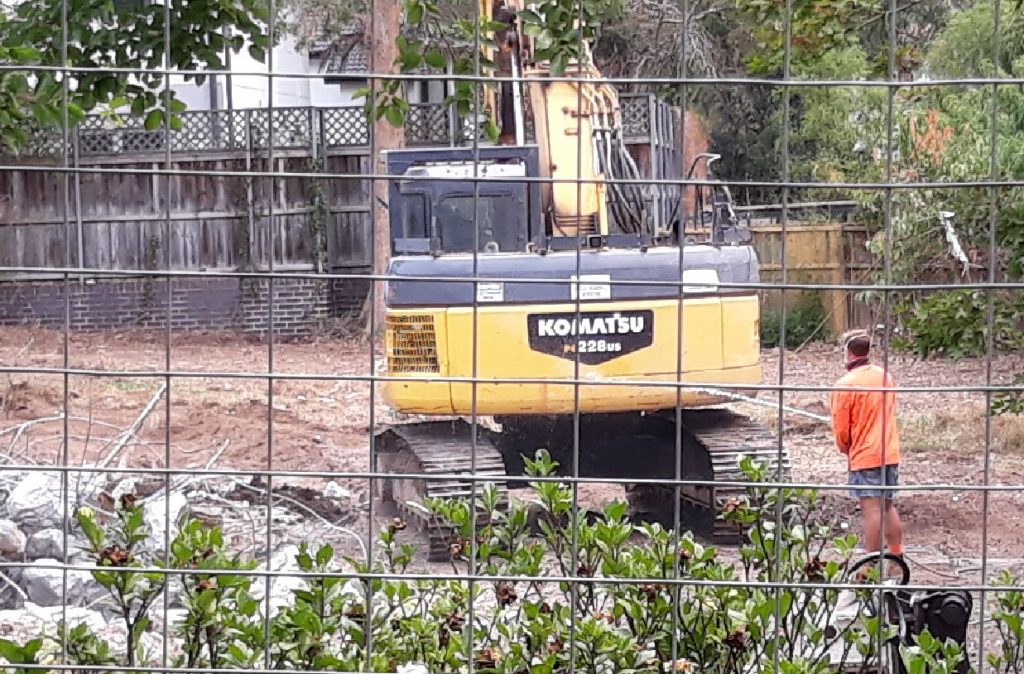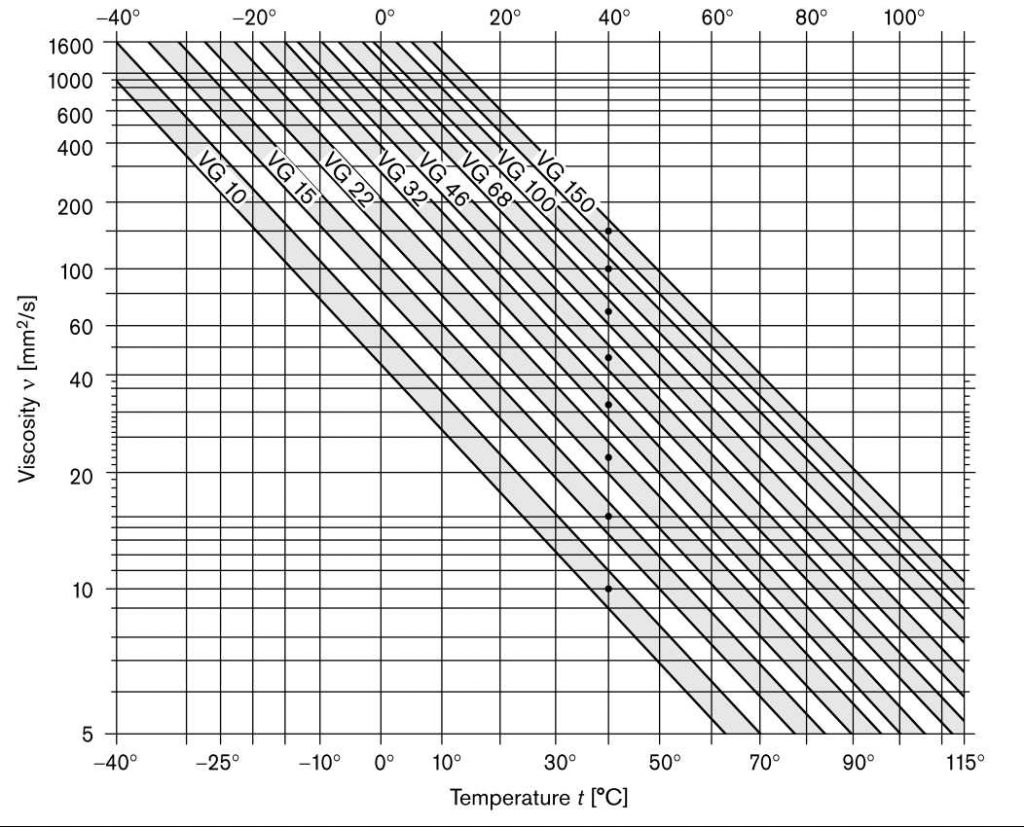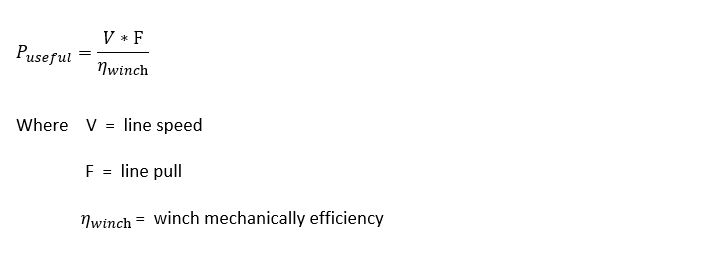
An old house is being demolished close to where I live in northwest Sydney. The house was flattened quickly, but the swimming pool took a big longer to be removed. Last week while I was walking by the site, an excavator with a ripper tooth was busy making a final assault on the pool. It was 30 degrees outside. This was pleasant compared to the 47 degree day a week earlier. As I was passing, I found it strange to see a worker with a hose following the excavator. I stopped to take a closer look (see photo). The worker was dousing the engine enclosure at the back of the excavator with water. I noticed that the excavator would run for a period of time before powering down. Then it would start working again after a relatively lengthy break. It seemed that the cooling system of this hydraulic machine was grossly inadequate for the heat load being generated. I thought to myself, this is a very inefficient way of working. How often does this type of situation occur? This incident motivated me to write this article about the consequences of high oil temperatures in hydraulic systems.
First of all what is the main function of hydraulic oil in a hydraulic system? Well, oil in a hydraulic system transmits power but it also lubricates, cools and cleans. Proper conditioning of the oil is essential in ensuring a healthy system and long component life. And one of the most important factors in maintaining the oil in good condition is mitigating the effects of heat, which raises the temperature of the oil.
What are the effects of high oil temperature?
1. Low oil viscosity
As the temperature of oil increases it’s viscosity reduces. If the viscosity of hydraulic oil reduces too much it may be insufficient in maintaining the required lubrication film thickness between moving parts. This may lead to material pickup, cold welding and component wear. Manufacturer’s data for many hydraulic components will give information on the recommended viscosity range of hydraulic oil for normal operation. It will also give figures for maximum viscosity which is acceptable for short periods at startup and the minimum allowable viscosity which is also acceptable for short periods. For example, for the Parker Gold Cup series of pumps and motors, the following values are recommended:
– Maximum viscosity at cold start – 1,600 cSt
– Maximum viscosity at full power – 160 cSt
– Optimum viscosity for max life – 30 cSt
– Minimum viscosity at full power – 10 cSt
See below a viscosity chart which shows the change in viscosity with temperature for various grades of hydraulic oil. According to the chart, the viscosity of grade 32 oil is approximately 10 cSt at 74 degrees Celsius.
The operating efficiency of the system is also affected by the viscosity of the oil. If the viscosity of oil is below what is recommended, increased leakage will occur which reduces operating efficiency.

2. Deterioration of Oil Properties
At higher temperatures hydraulic oil begins to deteriorate. As a rule of thumb, at higher operating temperatures (eg. 75 degrees, but this figure depends on oil grade) for every 10 degree increase in temperature, the deterioration rate of the oil doubles or the life of the oil halves. High temperatures cause oxidation, additives to deplete quicker, corrosion to increase and the formation of sludge and varnish.
3. Damage to Seals
Many hydraulic component seals have maximum operating design temperatures not much higher that 80 degrees Celsius. At temperatures above this they will deteriorate or harden.
4. Downtime
As in the example of the excavator above, a machine may cutout due to the tripping of a high temperature sensor. If this happens regularly as in the above example, it will severely affect the efficiency of operations.
5. Increased Pressure of Confined Spaces
Another issue of concern related to temperature is what happens to oil in a confined space when it is heated. An example would be oil trapped in an enclosed space such as a hydraulic cylinder. As a rule of thumb for every 15° increase in temperature, the pressure will increase 100 bar. Pressures can increase considerably if the sun shines on a cylinder for example.
What causes oil to heat up?
1. Mechanical Inefficiency
Sliding, rolling or rotating mechanical parts such as reciprocating pistons, bearings and shafts generate heat in hydraulic pumps and actuators due to friction. Hydraulic oil lubricates these mechanical movements and cools the components by transporting the majority of this heat away from the pump or actuator. This transported heat raises the temperature of the oil. The heat created by mechanical inefficiency can be estimated as follows:

The mechanical efficiency is a function of operating pressure and will also decrease with age as components wear and working tolerances increase.
Although most of the heat generated is transported away by the relatively cool hydraulic oil, the components themselves also heat up and some cooling takes place through heat radiation from the components and convection to the surrounding environment.
2. Pressure Drop
Pressure drop which does not do useful work creates heat. Some examples are pressure drop in pipework, fittings, across valves and orifices. Pressure drop is also created internally in hydraulic pumps and motors as oil leaks to the case of the pump or motor.
The heat generated due to pressure drop is as follows:

The heat generated due to internal leakage in hydraulic pumps and motors can be estimated as:

or alternatively as:

As an example, if an open loop system is used to drive a winch hydraulic motor (gearbox not considered for simplicity), the useful work per second is:

Note: the system boundary in this instance is at outlet of hydraulic motor, not at outlet of winch.
Also:

The power delivered by the pump to the system is approximately:

The total heat generated can be estimated as:

or alternatively as:

The above is a simplification and does not consider additional losses such as oil flow lost due to internal valve leakage. It illustrates just how much heat can be generated in a system due to pressure drop.
3. External Environmental Influences
If a hydraulic power unit is situated in an enclosed space without adequate ventilation, the space itself can minimize the cooling effects due to convection and radiation to the surrounding environment. If the HPU is situated in a factory close to a kiln for example, this is obviously another heat source that needs to be considered. As in the situation at the top of this article, a warm environment can reduce the effectiveness of air coolers. If the HPU or hydraulic components and piping are exposed to direct sunlight, this is another factor that must be considered when estimating the heat load on the system.
Learning about the causes and effects of heat in hydraulic systems is the first step in minimizing the financial impact that overheating can have on your hydraulic machinery and equipment. In the next article I will discuss how the adverse effects of heat in hydraulic systems can be minimized.
If you need support with the issues discussed in this article, you can contact us here: https://antares-global.com/contact/

